The exhibition explores how early modern artists in the 16th and 17th centuries helped shape humanity’s understanding of the natural world through their detailed, imaginative, and often whimsical depictions of animals, particularly insects and small creatures that were once seen as marginal or mysterious.
Featuring nearly 75 works on paper and paintings, the catalog highlights the contributions of artists such as Joris Hoefnagel and Jan van Kessel, who brought precision, color, and wonder to the depiction of beetles, butterflies, frogs, and birds. These “little beasts” were not only subjects of curiosity but also became emblems of emerging scientific thought and artistic fascination.
Alongside the artworks, the catalog presents fascinating comparisons with historical specimens from the Smithsonian’s natural history collections, showing how art and science once shared the same table of discovery. Scholarly essays by Alexandra Libby, Brooks Rich, and Stacey Sell trace the intertwined histories of naturalism and visual expression, inviting readers to see how observation, imagination, and beauty came together in the early modern age.
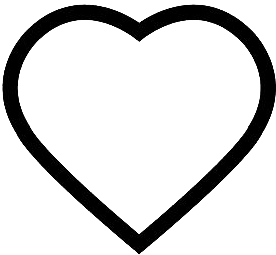

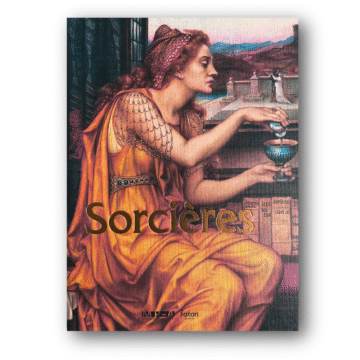
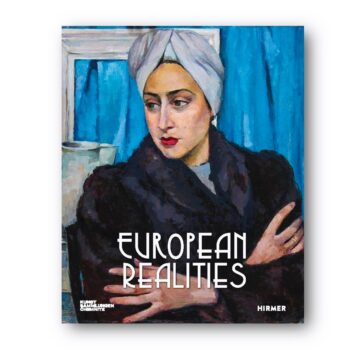
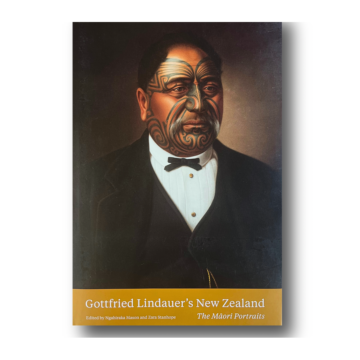
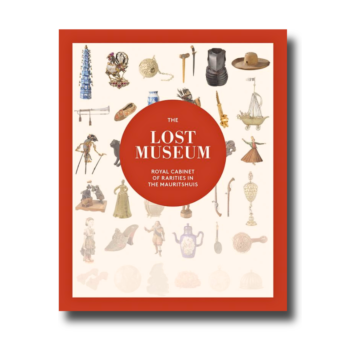


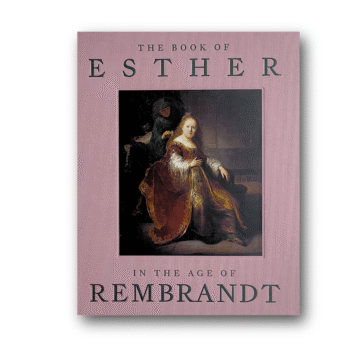


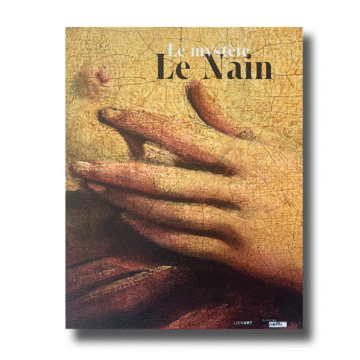
Reviews
There are no reviews yet.